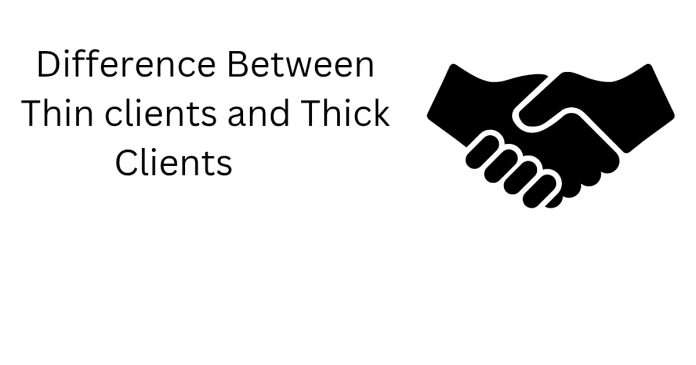Thin Clients vs. Thick Clients: What’s the Difference?
When it comes to computing, the terms “thin client” and “thick client” refer to how much processing power a device uses locally versus relying on a central server. Here’s a quick breakdown:
Thin Clients are lightweight devices designed to depend heavily on a central server for processing power. They’re simple, cost-effective, and ideal for tasks like accessing cloud applications or shared resources. You’ll find them in settings like schools, call centers, or businesses that prioritize central control and easy maintenance. Think of them as the “minimalist” option.
Thick Clients, on the other hand, are fully-loaded computers that handle most tasks locally. They’re more powerful and capable of running complex applications independently, like video editing software or gaming. While they offer flexibility and offline functionality, they’re more expensive and require regular maintenance.
The choice between the two comes down to needs: simplicity and cost-efficiency (thin client) versus power and independence (thick client). Both have their place in today’s tech landscape.


